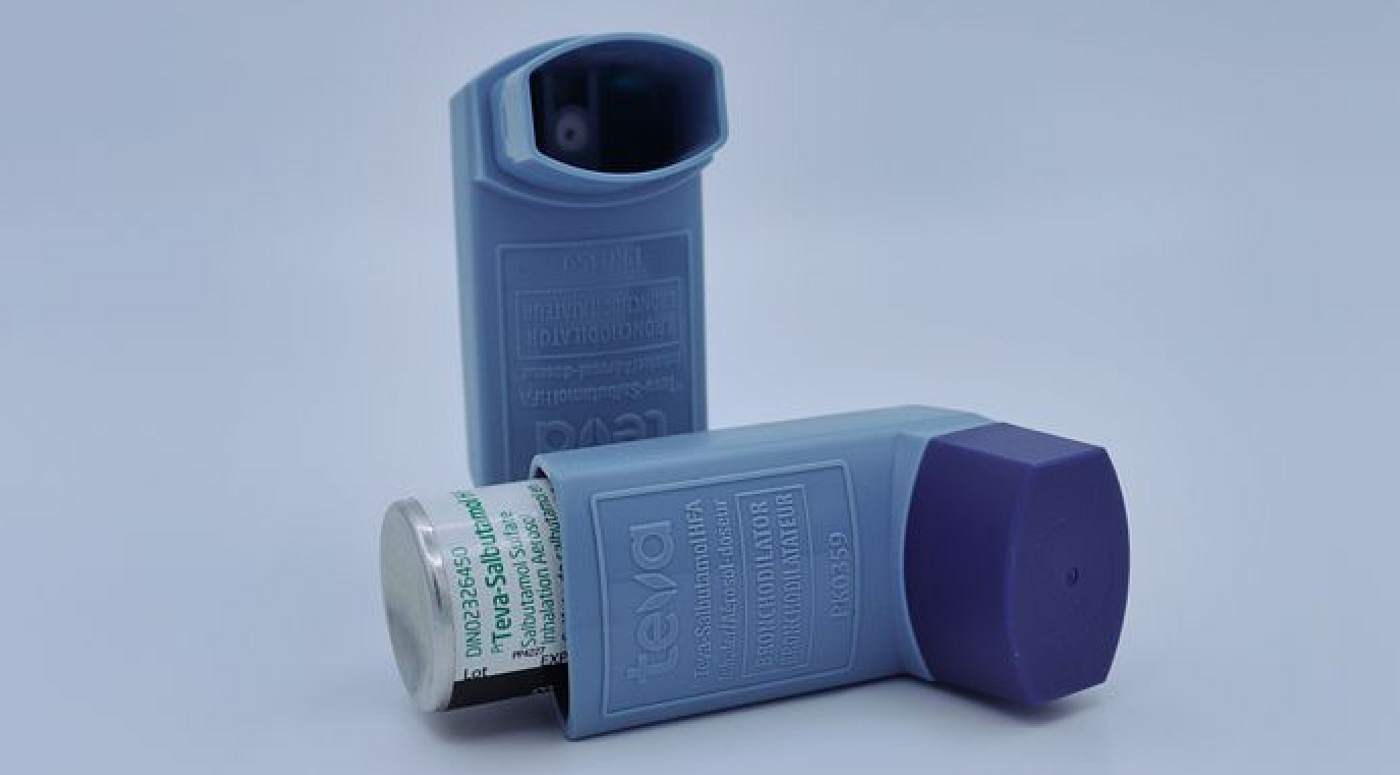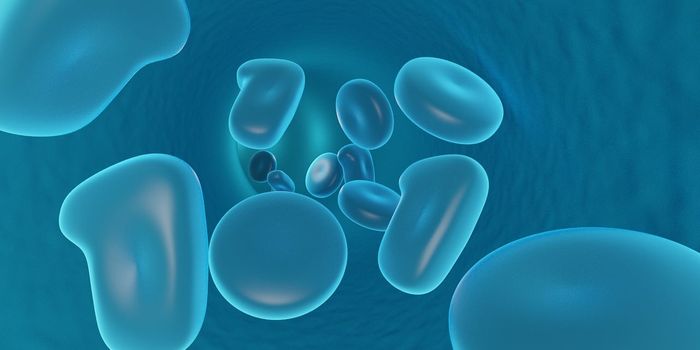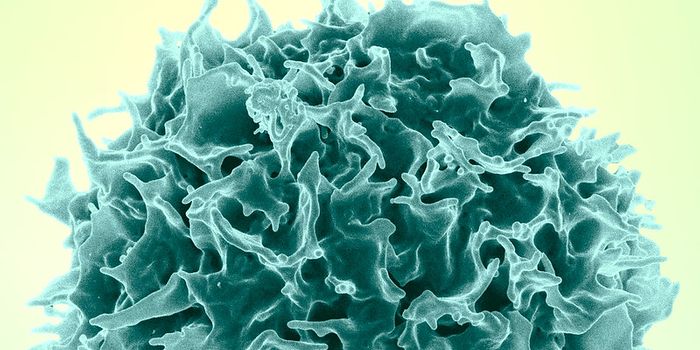Shedding LIGHT on the Mechanisms Underlying Severe Asthma
Scientists have discovered that an inflammatory cytokine known as LIGHT is a major factor in the deadly airway damage that can affect people with severe asthma. This research has suggested that such airway damage could be reversed by therapeutics that halt LIGHT, and the molecule could offer a way to treat asthma. The study, which used a mouse model and human tissue, has been reported in the Journal of Allergy and Clinical Immunology.
"This is a very, very significant finding," said senior study author and LJI Professor Michael Croft, Ph.D. "This research gives us a better understanding of the potential of therapeutic targeting of LIGHT and what we might do to relieve some of the symptoms and some of the inflammatory features seen in patients who have severe asthma."
T cells normally produce cytokines, a term for a variety of molecules that are crucial to immune signaling. While cytokines perform critical functions that can protect us from infection and disease, they can also cause disease themselves when they lead to excessive or aberrant inflammation. In asthma, environmental triggers cause T cells to become overactive, and release too many cytokines like LIGHT into the airways. Although some asthma therapeutics aim to halt the effects of harmful cytokines, they are not effective for all asthma patients, particularly those with severe cases.
The sputum, a mucus generated in the lungs, of severe asthma patients contains abnormally high levels of LIGHT, and LIGHT has also been shown to be involved in a pathological condition called remodeling, in which the airways thicken following an asthma attack. Long-term breathing difficulties can arise due to remodeling.
Right now, there is no cure for asthma, and currently available treatments only suppress inflammation and symptoms. While medications can reduce inflammation, the underlying hyperresponsiveness and tissue changes in airways often remain, particularly in severe asthma, noted first study author and LJI Instructor Haruka Miki, M.D., Ph.D.
This study has shown that a receptor for LIGHT, called LTβR can be found often on airway smooth muscle cells. The researchers engineered mice to lack LIGHT receptors, which showed that the interaction between LIGHT and LTβR can trigger tissue remodeling in airway smooth muscles. This was confirmed in human bronchial smooth muscle tissue samples.
When airway smooth muscles don't express LTβR, all of the hallmarks of the smooth muscle response that are linked with severe asthma are either gone or highly limited, said Croft.
LIGHT is not the only cytokine that factors into an asthma attack, but the study suggested that LIGHT may be having the biggest impact; LIGHT seems to coordinate tissue remodeling in airways by acting directly on smooth muscle cells. Other cytokines that are in the mix don't cause this kind of damage in the absence of LIGHT and LTβR activity. The signal generated by LIGHT is persistent, noted Miki.
This study has revealed that airway smooth muscle tissue remodeling can be ameliorated by removing a single receptor or cytokine.
"This is a very striking and significant result that essentially separates LIGHT from any of the other inflammatory cytokines that have been implicated in the process in severe asthmatics," added Croft.
The researchers are now working on turning these findings into a therapeutic that patients can use.
Sources: La Jolla Institute for Immunology, Journal of Allergy and Clinical Immunology









